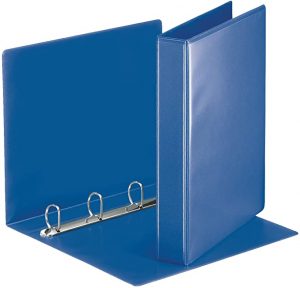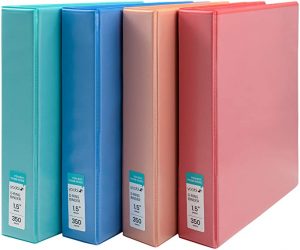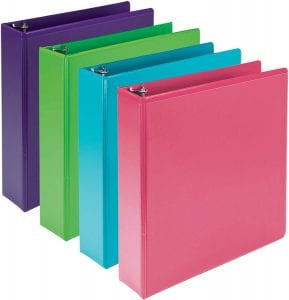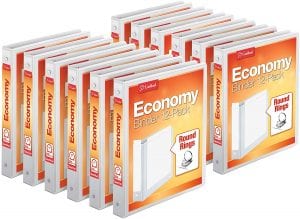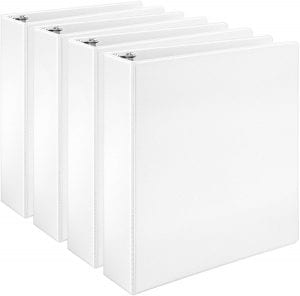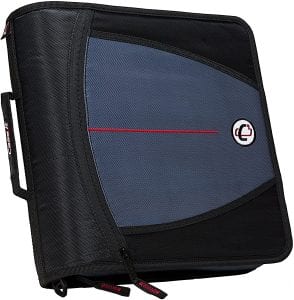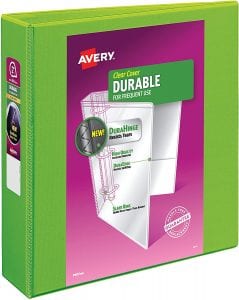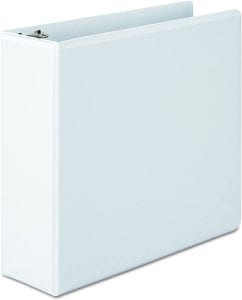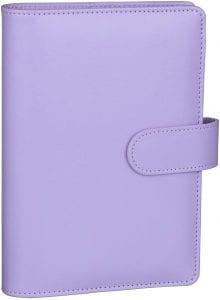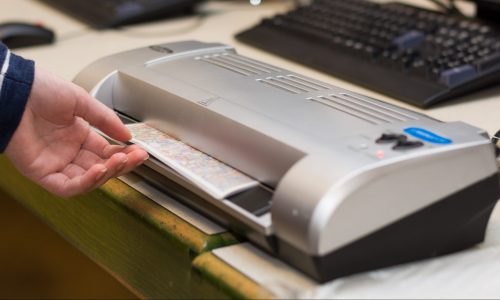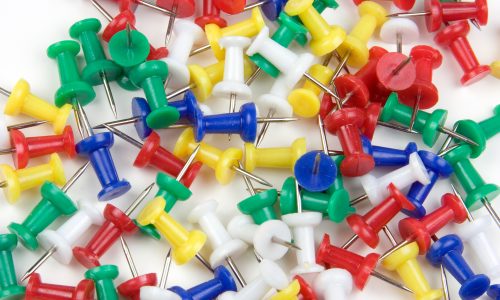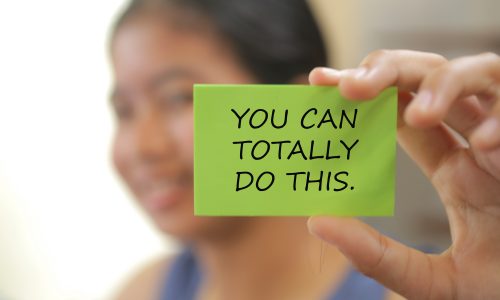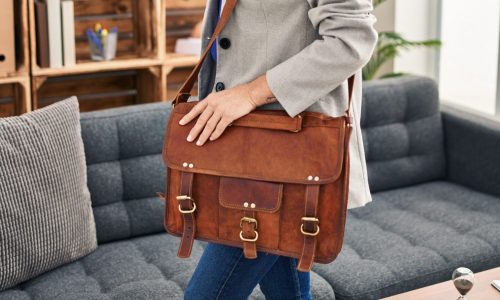The Best Binder

Our Review Process
Don't Waste Your Money is focused on helping you make the best purchasing decision. Our team of experts spends hundreds of hours analyzing, testing, and researching products so you don't have to. Learn more.
Our Picks For The Top Binders
- 1. Esselte Customizable Scratch Resistant Binder, 2-Inch
- 2. Yoobi Inside Pockets Easy Open Binder, 4-Pack
- 3. Samsill Earth’s Choice Biobased 3-Ring Binder, 4-Pack
- 4. Cardinal Economy Reinforced 3-Ring Binder, 12-Pack
- 5. Amazon Basics Transparent Overlay D-Ring Binder, 4-Pack
- 6. Case-It D-146 School Supplies Zippered Binder, 3-Inch
- 7. AVERY 17838 500-Sheet Capacity Binder, 2-Inch
- 8. Wilson Jones Recycled PVC-Free Binder, 3-Inch
- 9. Antner A6 Faux Leather Hidden Compartments Binder
With this binder, you'll have a choice between blue, white, black and red. The outer front, back and side panels have translucent pockets, allowing for customized covers and labels. Since these pockets are also scratch-resistant, they look great when used to give a presentation at school or work.
Multiple Color OptionsThis binder is capable of holding up to 280 sheets of paper at once.
This binder set is available in packs of four with the option to purchase the set in a variety of colors. Each measures 1.5 inches and features three strong rings that will keep your papers and assignments organized. In addition to being able to hold up to 375 sheets of paper, the binders also offer two inner pockets to hold everything from pens to...
Affordable Price TagThe budget-friendly price tag on this binder set allows for stocking up before the school year begins.
This set of binders is a USDA Certified Biobased Product, thanks to at least 59% bio-based content such as recycled fiber and renewable plastic. These binders keep papers organized with archival-safe, PVC-free and non-stick materials.
Biobased and Environmentally FriendlyFor those concerned about the environment but unwilling to sacrifice style and functionality, this set works well.
Get the school year started off right with this set of binders. Each of the 12 included binders are capable of holding up to 225 pages; however, sets with a large spine are available if you think you'll need to store more than that. Additional features that make this set of binders a top pick include two interior pockets, a durable spine and a rein...
Great for Teachers or Large FamiliesIf you're searching for a budget-friendly binder set, this lot has you covered.
Buying Guide
Binders can be indispensable organization and storage tools for academic, office or business use. These practical items have been around for over 150 years, and their design has not varied much over the years.
Binders differ by ring style and number, width, number and type of pockets and color, as well as some smaller details. For example, some have a hole in the spine to make it easier to remove them from crowded shelves. The most common design features three round, evenly-spaced rings — but especially for larger binders, a D-shaped or slanted D-shaped ring design is common as well. This design makes it easier to turn to specific pages when the binder contains a large number of documents.
When selecting a binder, consider the materials, as well as what size and ring design is appropriate. Binders come in sizes ranging from half an inch thick to four inches and are commonly made of plastic. Some of these plastics may be plant-based or otherwise eco-friendly, which gives options to the environmentally conscious. Most binders also contain a chipboard inside the vinyl or plastic covers, though some are simply made of thick material.
Another consideration is the customizability of the binder. Many binders come with clear plastic pockets on the front, back and spine. These can be easily labeled or customized by inserting printed paper into the pockets. You may wish to color-code your binders, too.
What to Look For
- Make sure the ring configuration matches the size, shape and position of the holes in your paper or the hole puncher you plan to use. While the standard three-ring binder is most common, there are a variety of other styles.
- For additional organization, some binders include pockets, expanding files, or other storage solutions.
- There are also binder inserts for sale that can hold your writing utensils, cards or other small items.
- Look for acid-free non-stick materials that won’t imprint ink from the paper contained inside.
More to Explore
There is some debate and confusion on the exact origin of the paper binder. Two patents were filed in 1854 by an American, Henry T. Sisson: one for a two-ring binder, and one for a three-ring binder. However, the first ringed binder appeared in Germany a few years later, in 1886, from an inventor named Friedrich Soennecken. In the U.S. the first binder wasn’t available for purchase until 1899, from the Chicago Binder and File Company.
The first binders to be sold came with just two rings and were made with a cardboard binding. Soon, binders were largely standardized to the most common three-ring configuration and have remained that way for more than 100 years. However, in some areas other configurations are more common. For example, a paired four-ring configuration is popular in Sweden.

